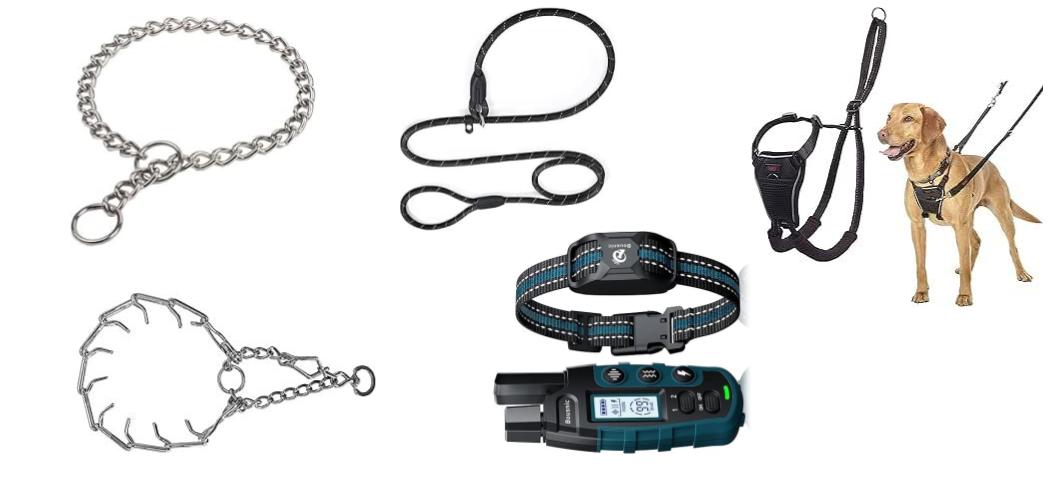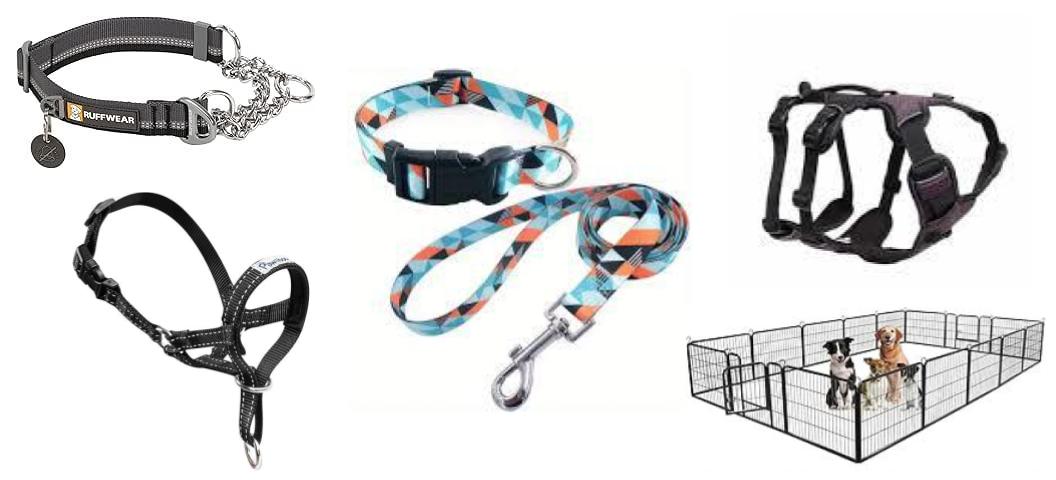Private Lessons
At PetSteps - $80/hr
At Client Home/Offsight - $100/hr
Distance and travel timec harges may also apply for remote areas.
E-mail and phone support is provided free of charge in between private lessons to ensure things are progressing as planned.
Payment Options
You can pay in one of four ways:
- Cash
- E-mail Transfers to jane@petsteps.ca
Professional Standards
Continuing education is a key part of PetSteps commitment to you and your furry friends. The mantra of "Do Better When You Know Better" would not be possible without ongoing education and learning.
A Future Hope for Dog Training and Welfare: https://www.youtube.com/playlist?list=PLkbPkJzbljZWu9HUKRkQTg2HKG2dtblhs
Standards of Practice and Professional Code of Ethics Policy

|
FINAL-April-2023-JSOPCOE-Approved-by-IAABC-APDT-CCPDT.pdf Size : 136.193 Kb Type : pdf |
Least Intrusive, Minimally Aversive (LIMA) Effective Behavior Intervention Policy

|
LIMA-Policy-2019.pdf Size : 386.329 Kb Type : pdf |

Training Tools Used
Effective tools that are used during training can vary greatly based on the dog, owner ability, and what's available. The key to finding successful tools is understanding your dog's drives, motivations, and physical ability. Utilizing a dog's natural and/or developed motivations is the most humane and fun way, not only, to train your dog but also to satisfy the dog's species specific needs. Food/treats is a common and most obvious tool that many dogs take to easily and is easy to understand by the owner because we to are motivated and rewarded by food! Food can be used a common language between different species. Too many people however stop at treats and don't move past them and become dependent on them. Training should be fun and stress free for both you and the dog. Building trust, confidence, and feelings of safety should always be top priority. Understanding your dog and their body language is always critical to ensure their mental wellbeing is also being cared for. Knowledge, compassion and patients are the most important training tools of all.


Training Tools That Will NOT be Used
These tools are still too often used in modern dog training and they should more accurately be called Punishment Tools. The only purpose for these tools is to punish a dog for "undesirable" behaviors. These tools are known in the industry generally as "Aversives" because all of these tools cause irritation, discomfort, pain, or excessive "pressure" the dog works to avoid. These tool are no different than hitting, jabbing, or kicking your dog except they are more expensive and don't "look" like abuse! Punishment has a high likelihood of creating a fearful and avoidant dog and destroys the trust in your relationship. Dogs do not know right from wrong and they are simply being dogs. Being punished for their natural and instinctive behavior creates confusion and mistrust and can cause a dog to "shut down". People often mistake a "well behaved" dog for one that has simply stopped offering any behavior at all due to constant punishment.


Restraints
Most people and many trainers consider these to also be training tools. Their intended purpose and the way they should be properly used is simply as restraints that keep the dog safe while training. These tools come with cautionary notes because if not selected and used properly they can become aversive as well. Any restraint should be comfortable for the dog, it should be secure to ensure it does not fail/slip off, and it should not interfere with the dog's natural movement.
